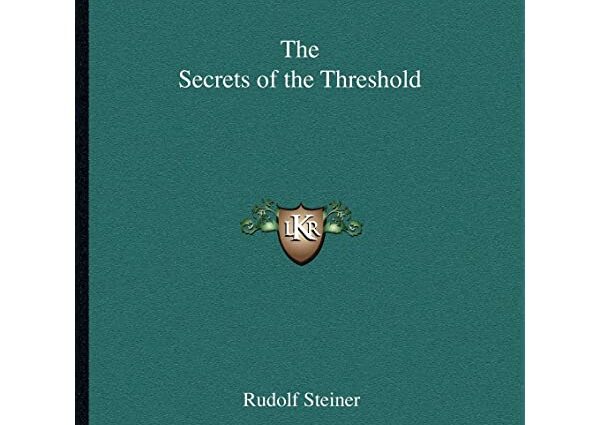Alexander Kaplan read for us Vileyanur Ramachandran’s book “The Brain Tells. What makes us human.”
It must be admitted that over 400 pages of this book is not a quick read even for a professional. Although Ramachandran is a great storyteller. He leads a leisurely story about very complex, but understandable mechanisms of the brain, as if weaving an openwork web from the description of its normal states and unique pathologies, fastening it in knots with hypotheses and experimental evidence. It seems that another secret is about to fall into this web, which the brain is trying to give out in numerous clinical cases. Why does a person need a mixture of feelings? At what point do cognitive abilities and instrumental possibilities of language converge? Why do erogenous zones expand during amputations? How does the brain perceive beauty? Finally, what is the magic of mirror neurons and how is self-consciousness and the self-willed “I” of a person formed?
Vileyanur Ramachandran, professor at the University of California (San Diego, USA), director of the Research Center for Higher Nervous Activity. The author of five books, the book “The Birth of the Mind. Mysteries of our consciousness” (Olimp-Business, 2006).
“The mind tells. What makes us human.” Vileyanur Ramachandran
Translation from English by Elena Chepel.
Career Press, 422 p.
The expectation of a close solution to the great mysteries of the brain does not leave until the last pages of the book. “If we succeed in this,” writes Ramachandran, “for the first time in evolution, a member of a species can look back at himself and not only understand where everything that is in him came from, but also find out what or who is an agent of consciousness and understanding.” The reader will be deceived in his expectations, but will still benefit by being involved in this game on a unique journey into the mysteries of the Self.
Ramachandran is an eminent neurologist and neuropsychologist. Although he is also a great dreamer, and even a joker, his sparkling hypotheses are always based on specific clinical cases, on professional erudition and on the wide experience of a practicing doctor. His credo is the belief that many of the mental disorders are the result of a violation of the interaction of the patient’s inner “I” with the outside world, more precisely, the result of a violation of the individual picture of the world built by this “I”, including the human body.
By the style of communication with the reader, by the description of his communication with colleagues, friends and patients, Ramachandran is a typical American. But his touching religious and philosophical excursions into ancient Indian motifs, whether it be the cosmological dance of Shiva, the creation of art by the goddess Saraswati, or erotic stories on the themes of high reliefs and sculptures of the temple of love in Khajuraho, betray in him that young man who was born in one of the poorest states in southern India and only at the age of 23 he went for a doctorate at the University of Cambridge. And recently, Newsweek magazine named him one of the hundred most prominent people of the XNUMXth century.










